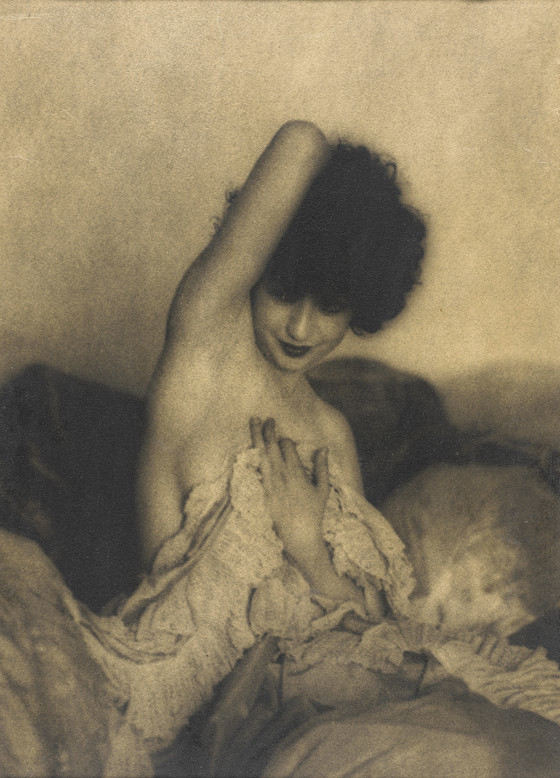The early twentieth century witnessed the transformation of the United States into a modern industrialized society and an international political power.
...
The early twentieth century witnessed the transformation of the United States into a modern industrialized society and an international political power. By 1920 more than half of the country’s population lived in urban areas. Seeming to guarantee employment, the cities lured many farmers and African Americans from rural areas. In addition, between 1900 and 1920, 14.5 million immigrants from Europe, Russia, Mexico, and Asia settled here, primarily in urban centers. A new energy was channeled to such cities as New York and Chicago, as massive skyscrapers were erected to furnish much-needed office space and living quarters. Even West Coast cities were affected—the population of Los Angeles tripled between 1900 and 1910; its unplanned urban sprawl and dizzying speed were captured in the zany movies of the Keystone Cops, filmed on the streets of the city.
Art reflected these changing social and economic dynamics. Impressionism and Post-Impressionism were still popular. Yet other, more progressive ideas now challenged artists. A strong new commitment to realism emerged in literature and the fine arts.
In Philadelphia and New York, a group of artists centered around Robert Henri captured the vitality of urban American life. These realists depicted the hustle and bustle of city streets, the common pleasures of restaurants and various forms of entertainment. Critics dubbed these realists the “Ash Can School” because of their treatment of unidealized subject matter previously considered unattractive. These artists focused on the inhabitants of cities rather than the cities themselves. Their interest in people also led them to create a significant number of single-figure paintings, conveying the human side of the new America . During the 1910s and 1920s the realist celebration of America spread throughout the country, as artists recorded the neighborhoods and people that made their own cities distinct.
More...
